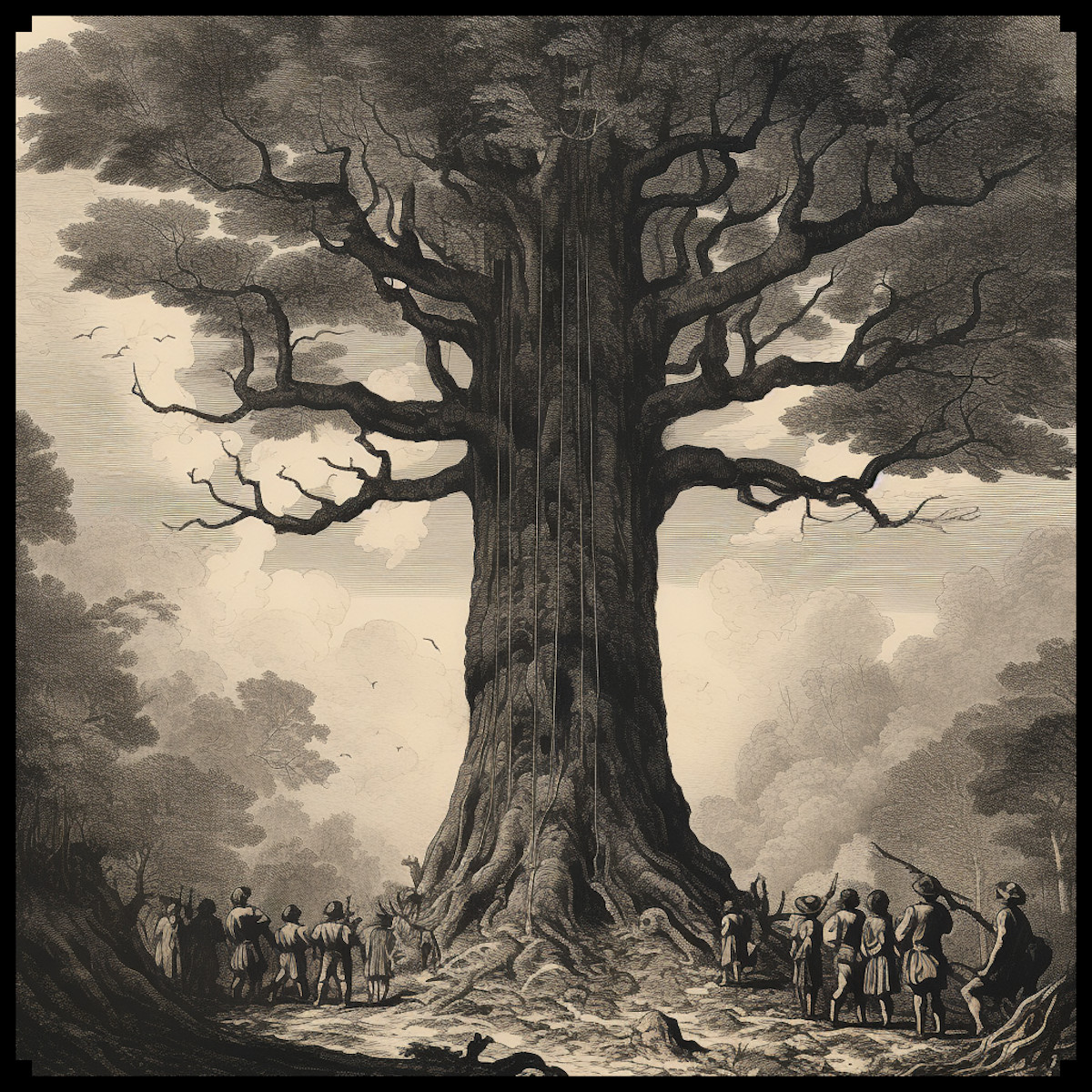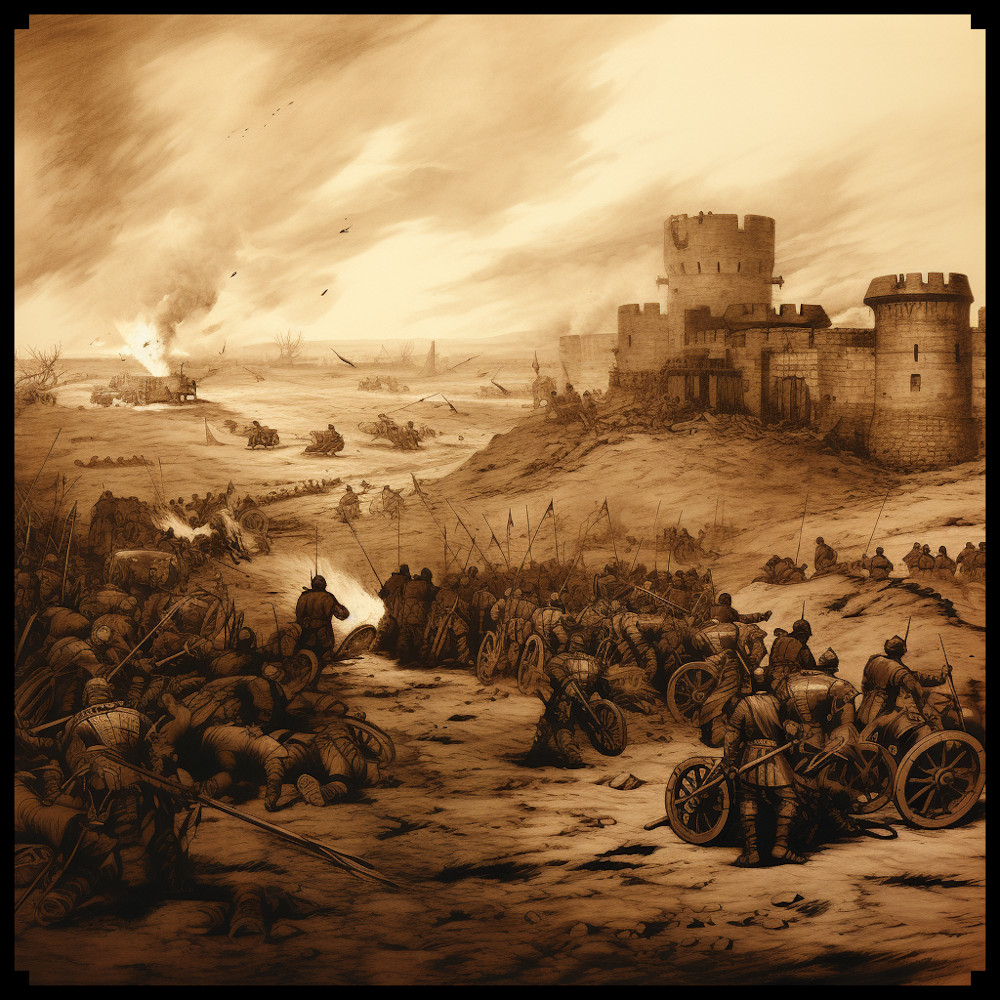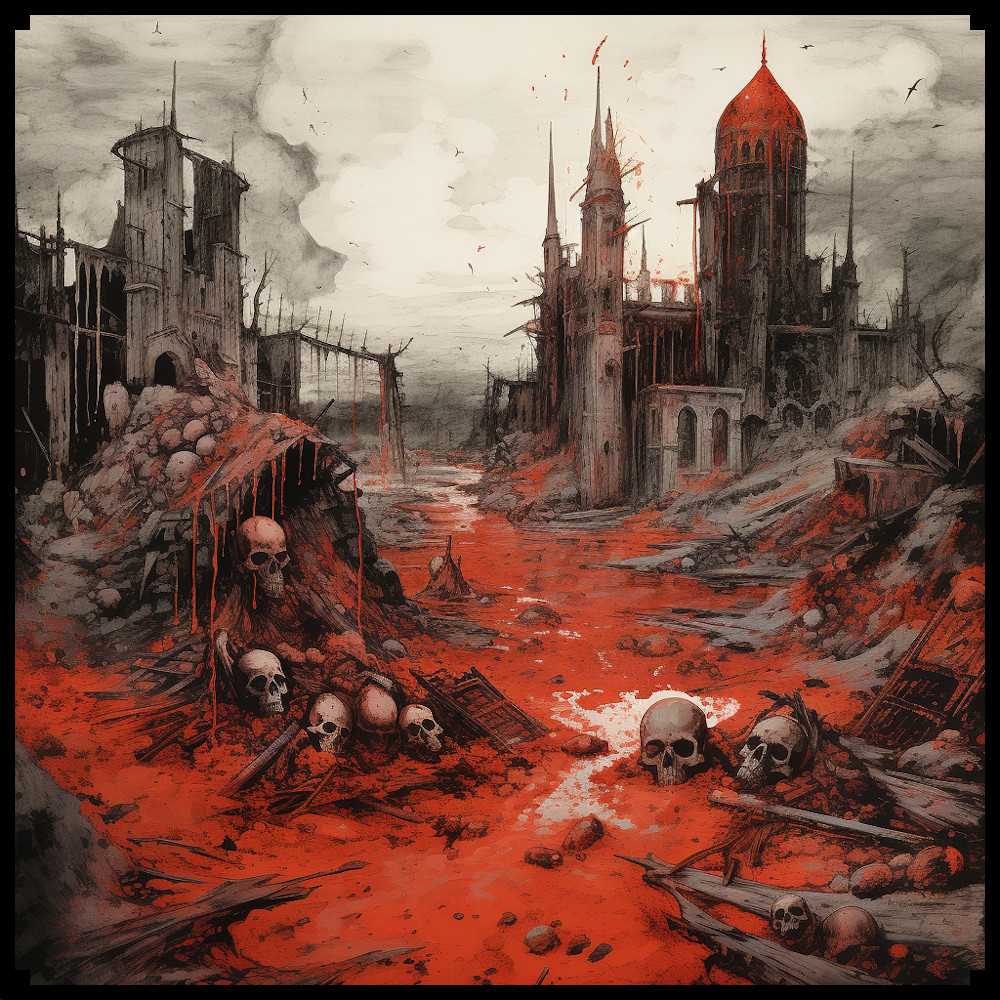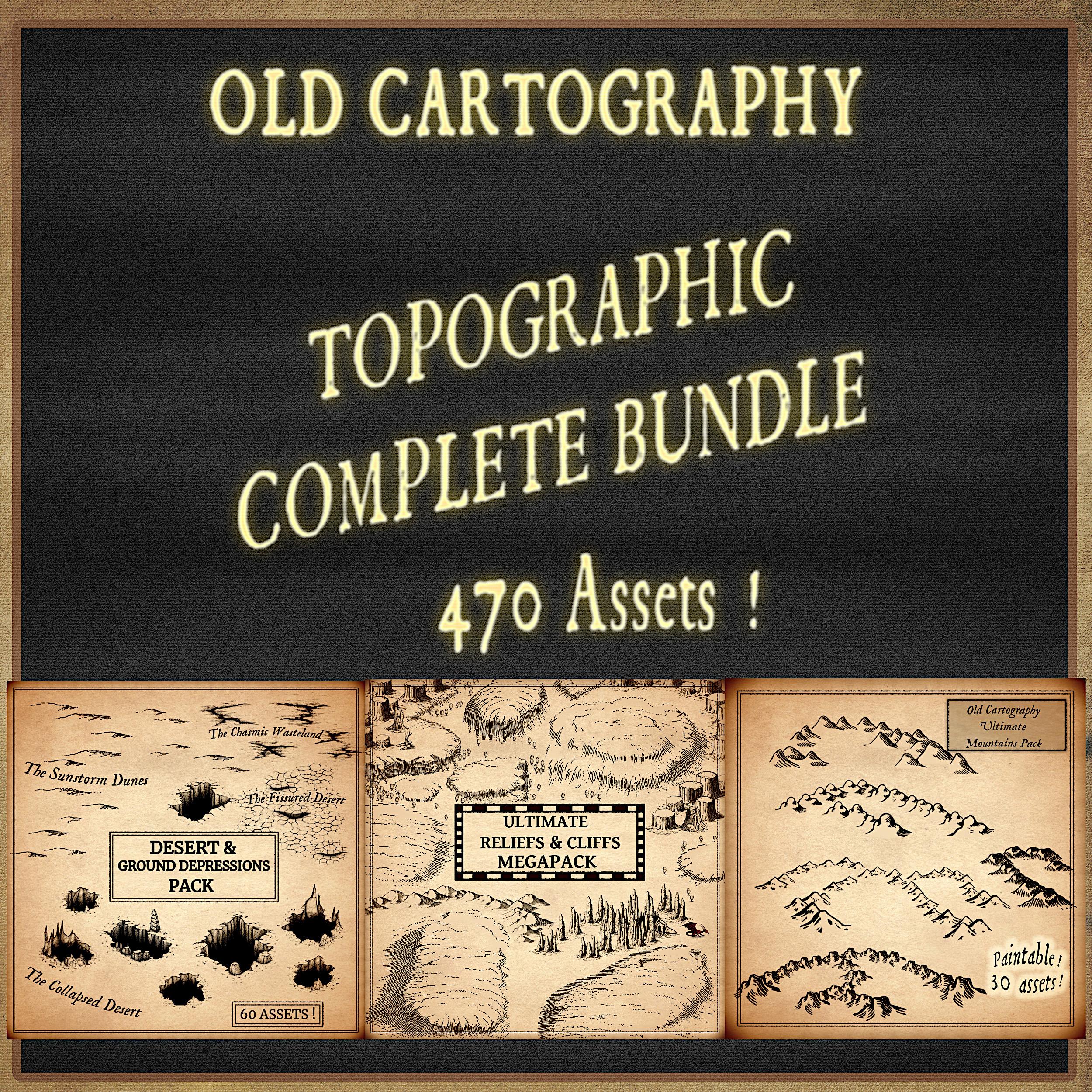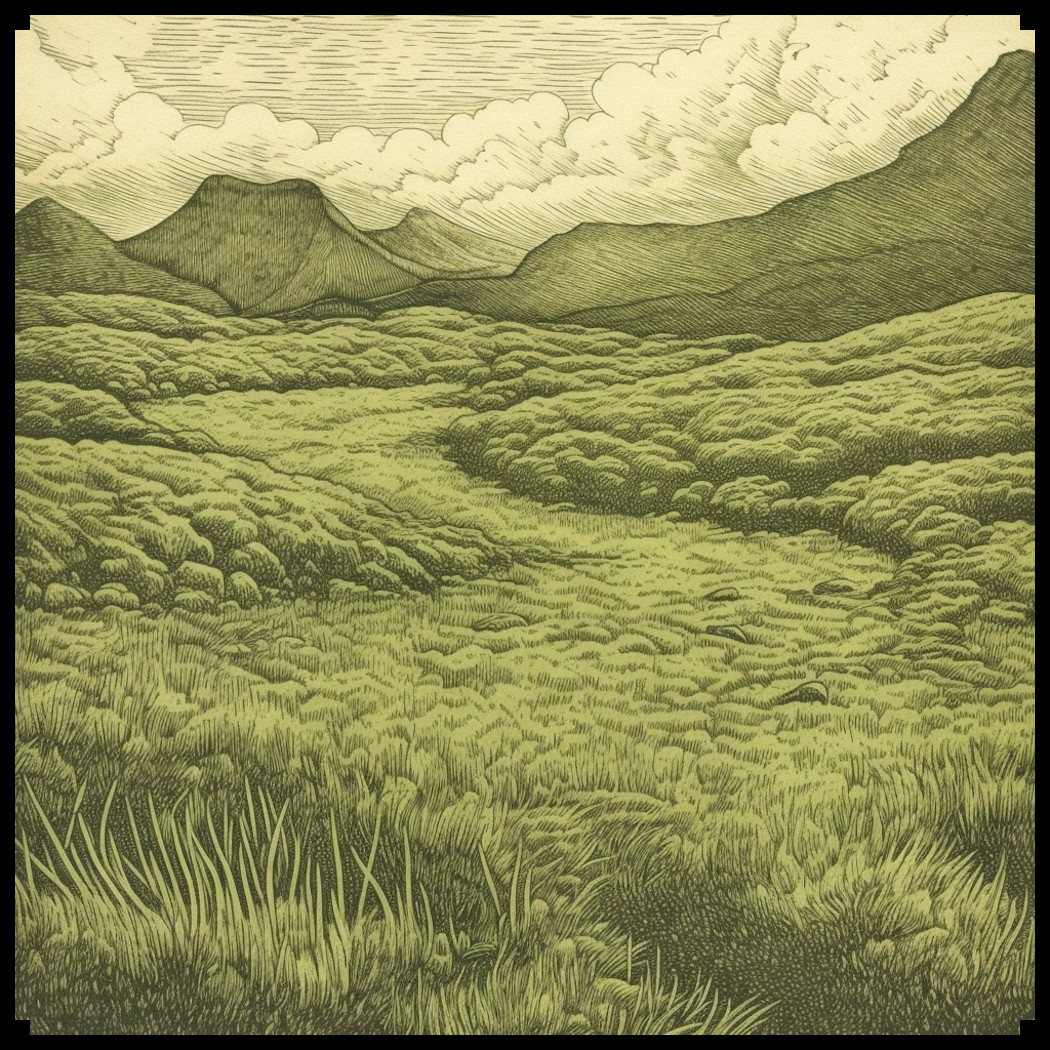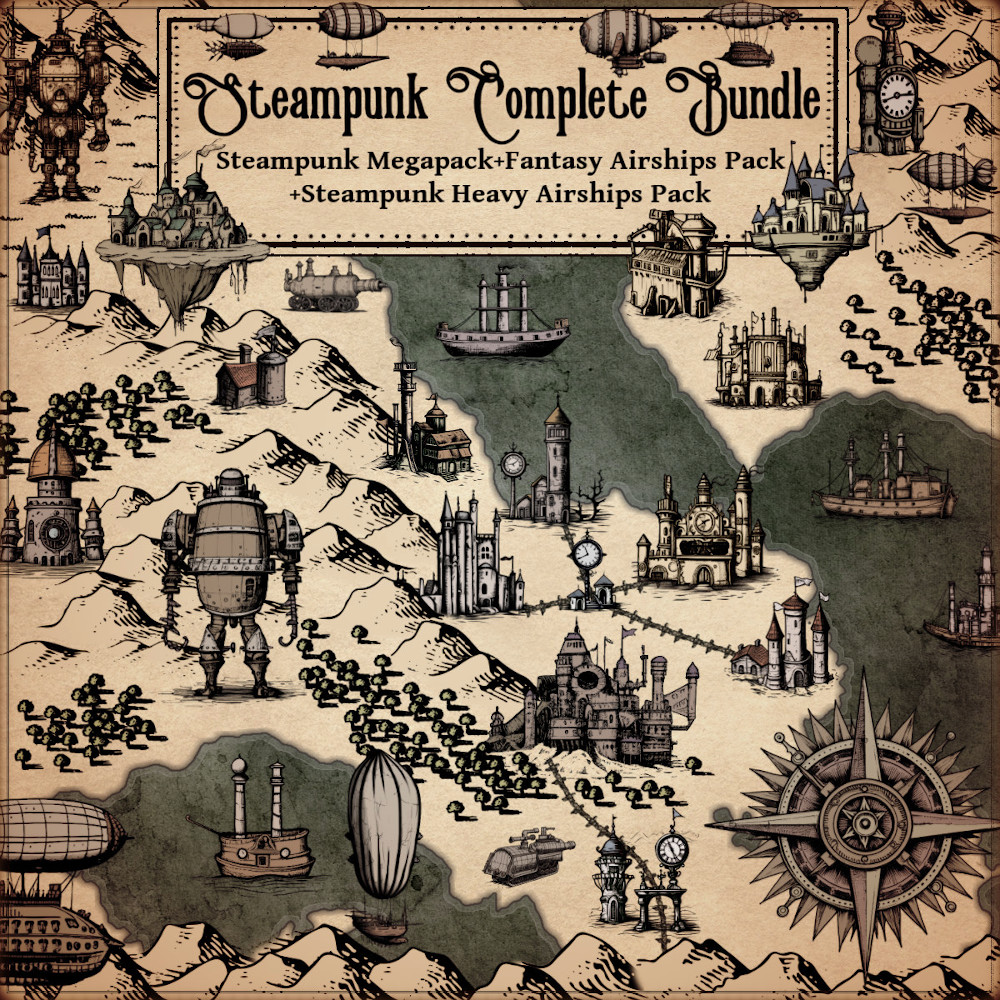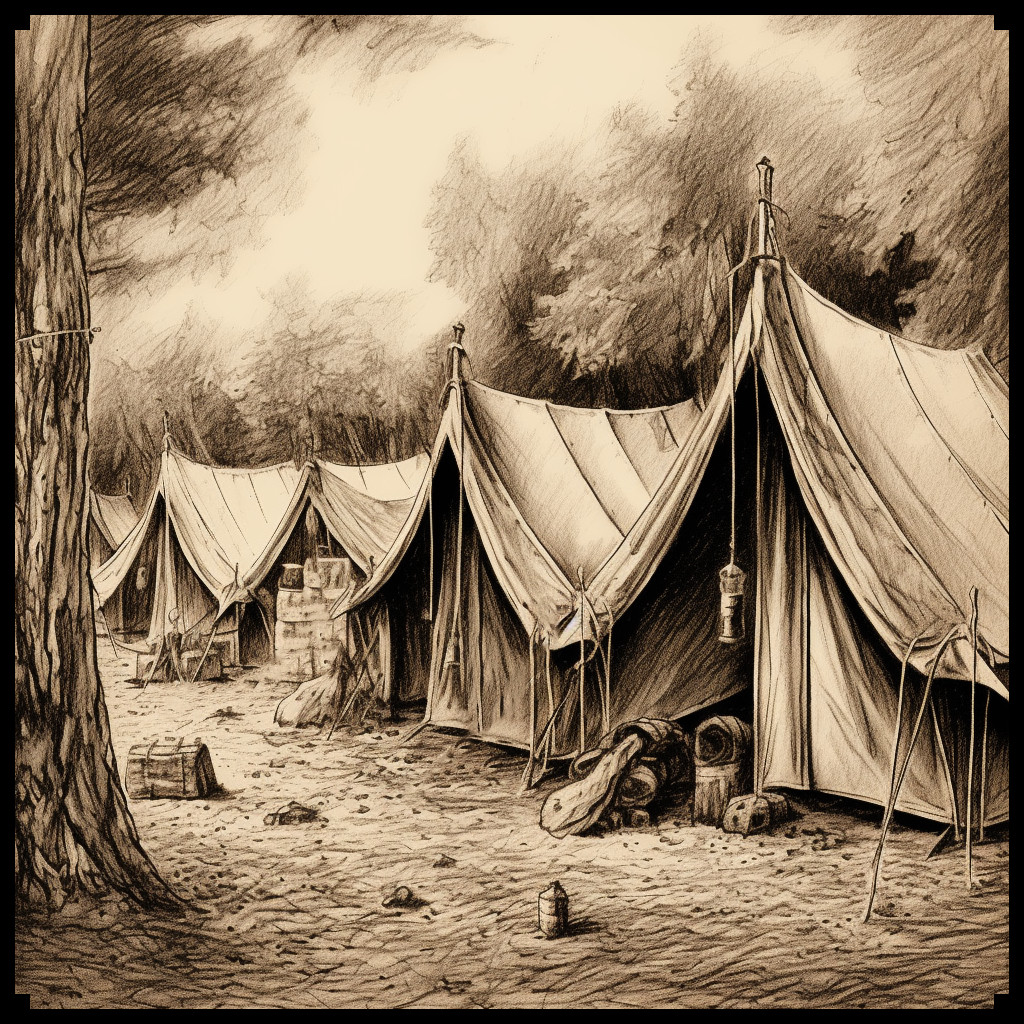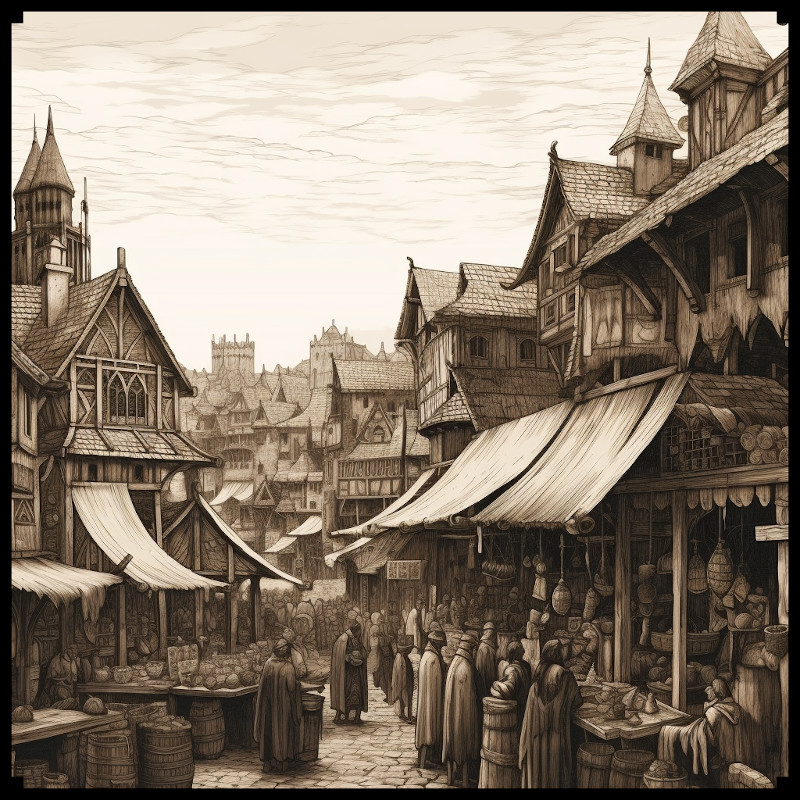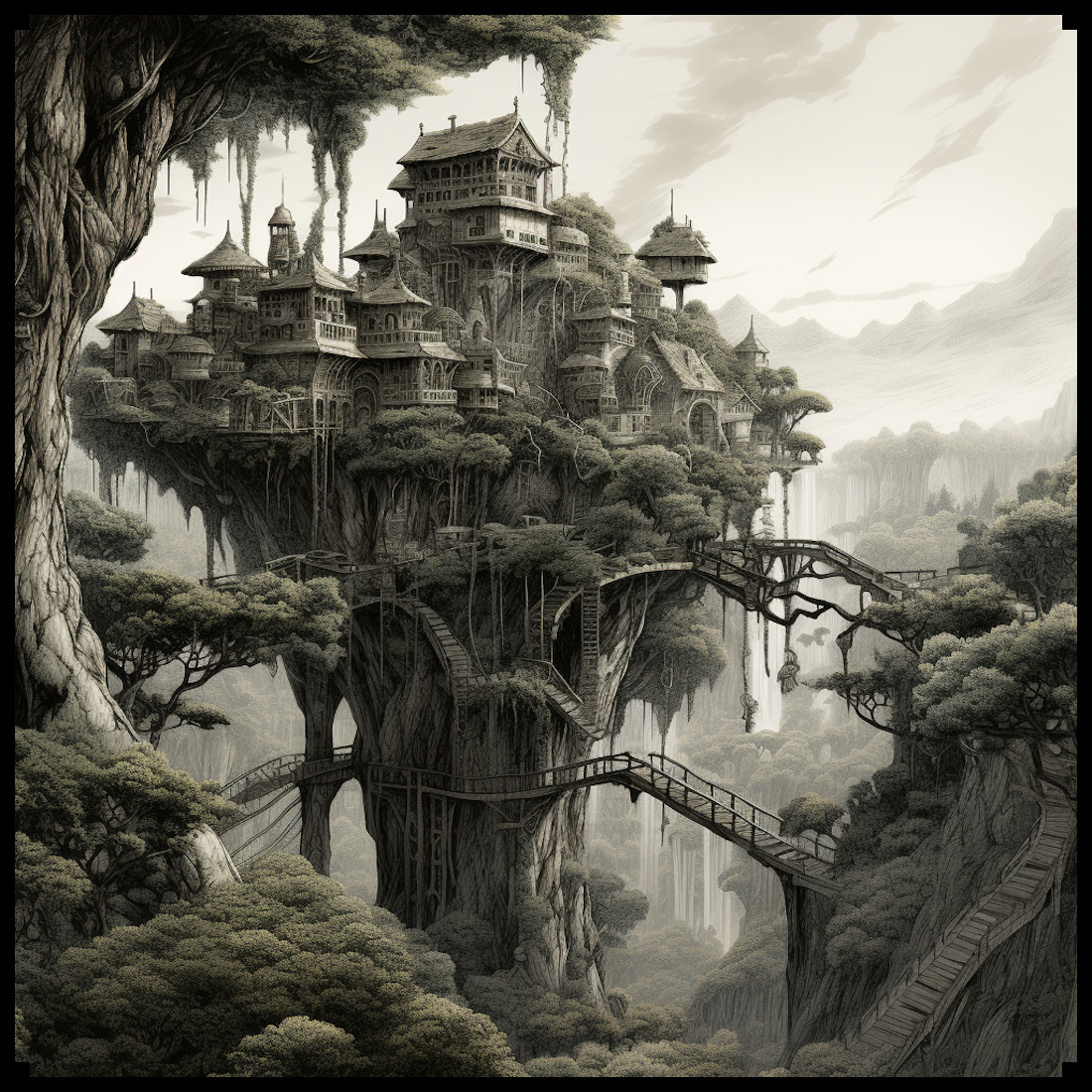
In the realm of fantasy cartography, the portrayal of treehouse settlements and cities has become an iconic and cherished element. Today, we explore the historical significance and evolution of these captivating representations, drawing a parallel between ancient maps and the modern pack of assets for fantasy maps titled: Vintage Treehouse Settlements and Cities + Treehouse Settlement Creation Kit – 117 Assets MEGAPACK.
BUY AND DOWNLOAD The Vintage Treehouse settlements and cities + treehouse settlement creation kit – 117 Assets MEGAPACK :
The concept of treehouse settlements has roots in ancient cultures across the globe. From the tree-dwelling tribes of Papua New Guinea to the elaborate treehouses of the Alerce Coast in Chile, humans have long sought refuge in the canopy of trees. Ancient maps, such as the Babylonian World Map dating back to the 6th century BCE, occasionally featured symbols representing treehouse-like structures that held a special significance in various cultures.
These early depictions often represented sacred spaces or spiritual realms, highlighting the profound connection between humans and nature. As the art of cartography evolved, so did the representation of treehouse symbols, which began to find their way into maps of fantasy worlds.
With the rise of fantasy literature in the 20th century, maps became an essential component of the genre, guiding readers through the intricate worlds created by authors. Notable authors like J.R.R. Tolkien and C.S. Lewis incorporated treehouse settlements into their fantasy realms, further cementing the fascination with these magical abodes.
The Vintage Treehouse Settlements and Cities + Treehouse Settlement Creation Kit takes inspiration from this rich tradition, providing artists and mapmakers with a treasure trove of assets to bring their dreamlike visions to life. From the sprawling treehouse human cities to the enchanting treehouse elven cities, the pack offers a diverse range of options to cater to every mapmaker’s imagination.
Among the most beloved elements of fantasy cartography are the elven treehouse towns. Elven culture, known for its affinity with nature and ethereal elegance, perfectly complements the concept of treehouse settlements. The pack provides numerous assets for creating these captivating elven havens, allowing mapmakers to infuse their worlds with the allure of elven charm.
One of the standout features of the Vintage Treehouse Settlements and Cities + Treehouse Settlement Creation Kit is its homage to the antique style of cartography. By mirroring the design elements found in ancient maps, this pack transcends the boundaries of time, blending the allure of the past with the magic of fantasy.
To conclude, the representation of treehouse settlements in both ancient maps and modern fantasy cartography has a profound significance. It reflects humanity’s historical connection with nature, the appeal of magical realms, and the timeless allure of the unknown. The Vintage Treehouse Settlements and Cities + Treehouse Settlement Creation Kit stands as a testament to the enduring fascination with treehouse abodes, providing artists and mapmakers with the tools to weave extraordinary tales in the realms of fantasy.
As you embark on your cartographic adventures, remember that every treehouse city, castle, fort, and temple you create carries a piece of history within it – a connection between the fantastical worlds of fiction and the ancient cartographic wonders that have inspired generations. Let your creativity flourish and your maps transport readers and viewers to lands of enchantment and wonder. Happy mapping!

